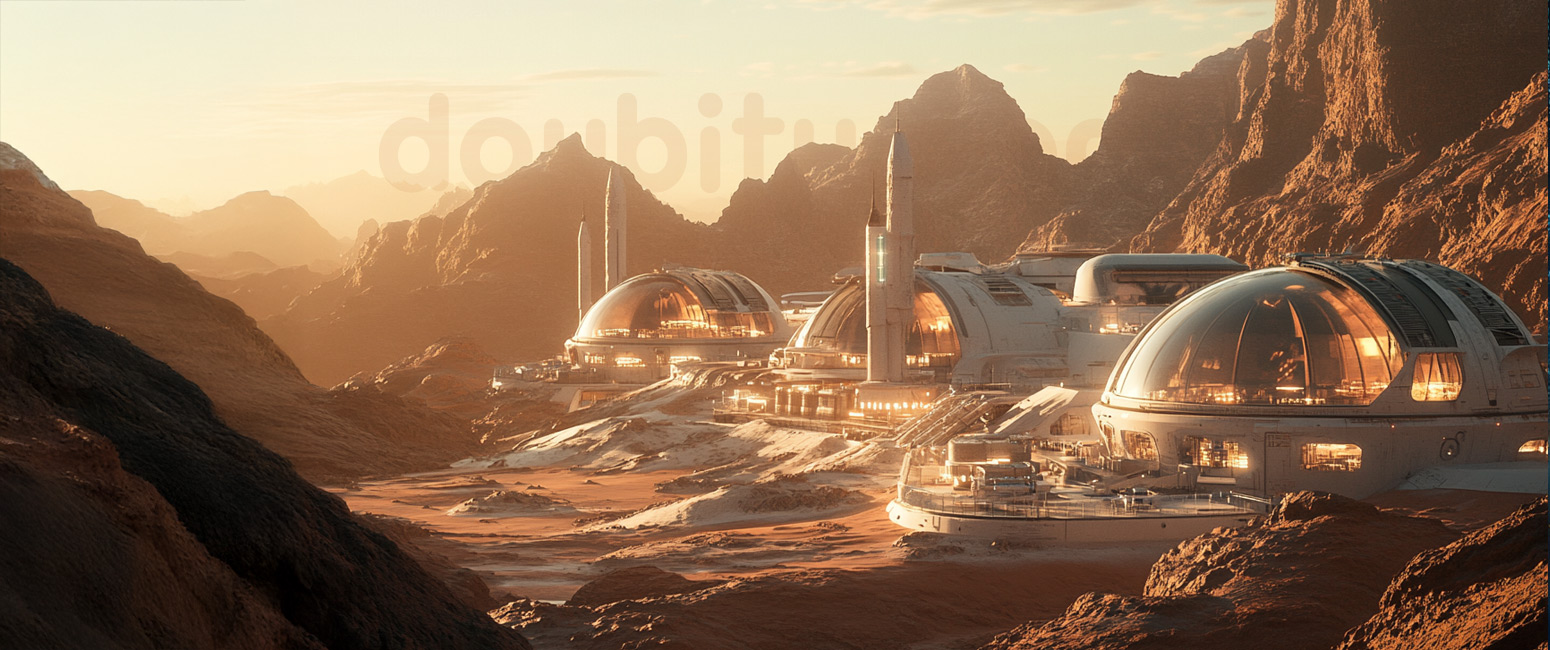The idea of making a home on Mars is captivating. For decades it has stirred the imagination of scientists and space enthusiasts, and step by step, advances in technology and the drive for exploration are bringing the dream closer to reality.
Still, a human colony there isn’t possible yet. The environment is far too extreme. Even so, real projects are already laying the groundwork for a future where people might genuinely live on the Red Planet.
Key challenges on Mars
- Atmosphere and temperature: The atmosphere is thin, mostly carbon dioxide, with no ozone to shield from the Sun. Average temperatures reach about –60 °C.
- Reduced gravity: At just 38% of Earth’s gravity, long-term effects could weaken bones, muscles, and more.
- Radiation: Without a strong magnetic field, Mars’ surface is bombarded by cosmic and solar radiation, a major risk to health.
Projects and progress
SpaceX and Elon Musk: Musk envisions a settlement of up to a million people in coming decades. SpaceX is developing Starship to support interplanetary travel. Want to know more about Space X: Click here
NASA: Working on missions and technologies, including nuclear power, to sustain future explorers on Mars. Want to know more about NASA: Click here
Scientific research: Recent studies suggest microbial life could survive underground, shaping how colonisation might unfold.
Why Mars?
Mars, the “Red Planet,” is relatively close to Earth, contains frozen water, and shows signs of possible ancient life. These factors make it a strong candidate for settlement.
What lies ahead
Some talk about terraforming—reshaping Mars’ environment to resemble Earth’s. The idea is bold but faces huge technological and ethical hurdles.
- Robotic missions: Already underway, sending probes and robots to find resources and test technologies.
- Temporary bases: Planned for the 2030s. Short-stay habitats will let astronauts test life-support systems and gather first-hand survival data.
- Permanent presence: From the 2040s onwards, experts foresee building homes and infrastructure for lasting settlement.
In short, living on Mars is no longer pure science fiction. The path will be long and difficult, but the first steps are already being taken.
